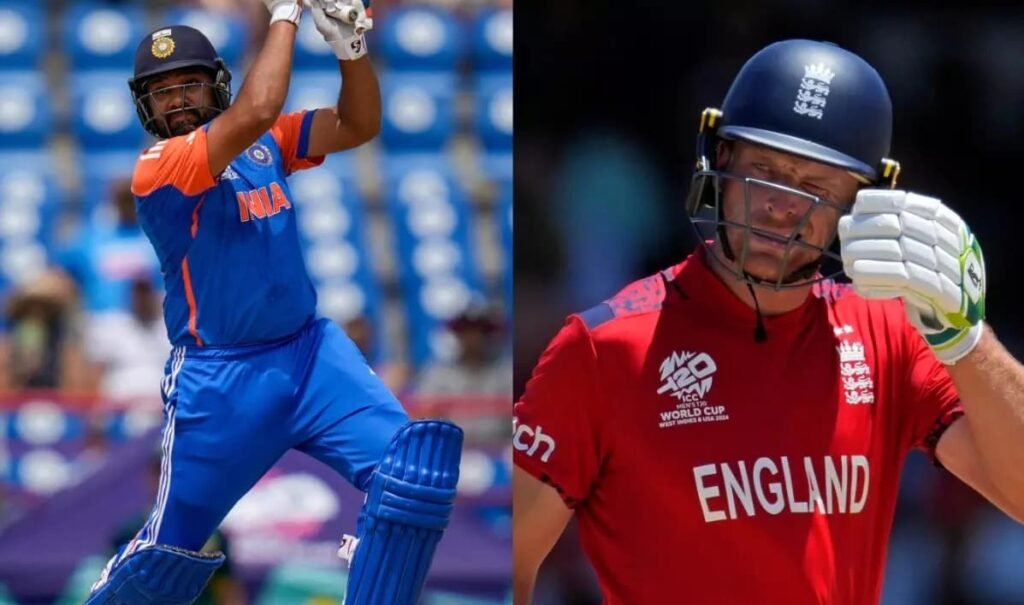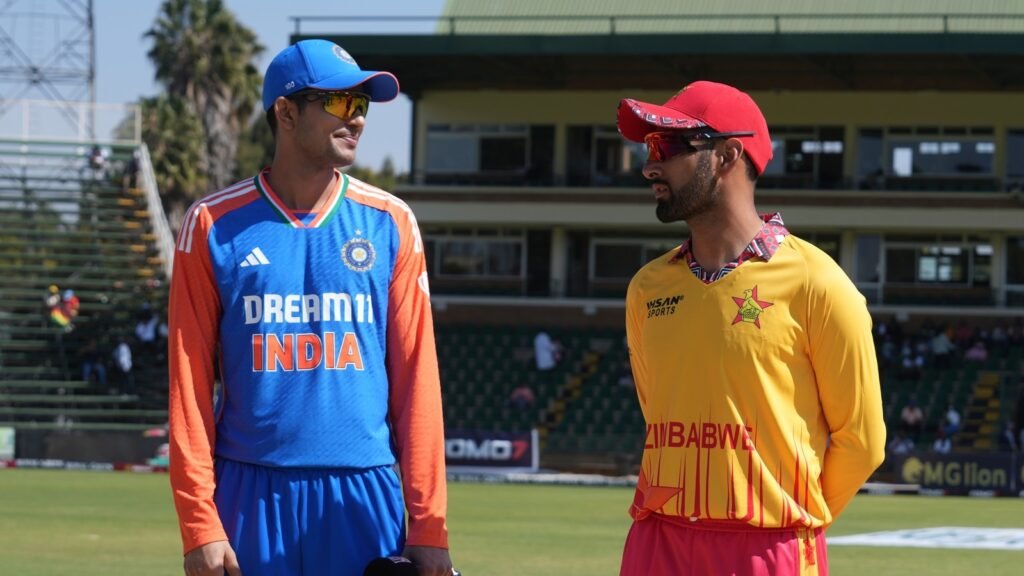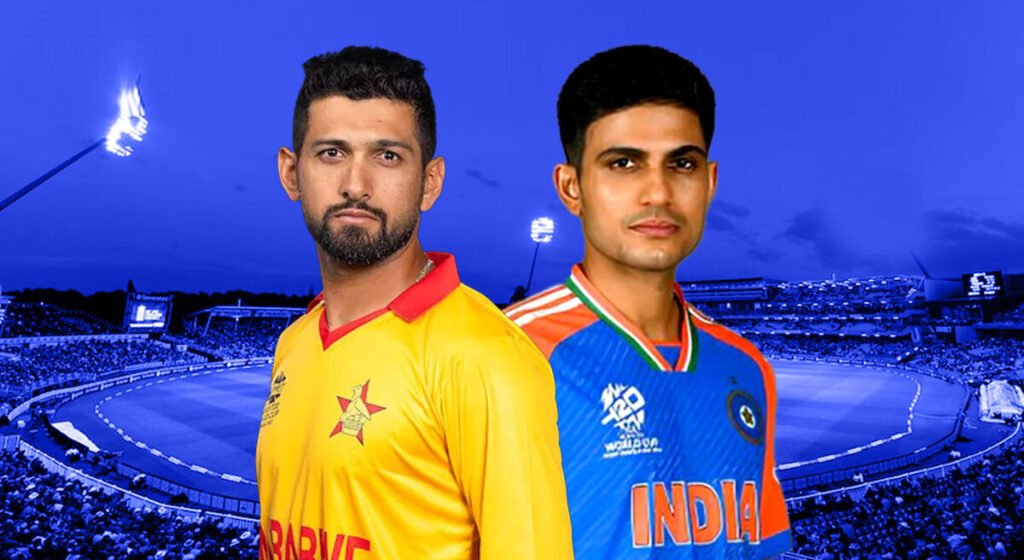The rivalry between the India national cricket team and the England cricket team is one of the most fascinating and enduring contests in the history of the sport. This fierce competition has seen both teams lock horns across different formats of the game for over 90 years, filled with iconic matches, legendary players, and unforgettable moments. This article provides a comprehensive timeline of key encounters between the two cricketing nations, charting their journey from the 1930s to the present day.
The Early Encounters (1930s – 1950s)
India’s first-ever Test series came against England in 1932. England had already established itself as a dominant force in world cricket, and the team was captained by the legendary Douglas Jardine, known for his leadership during the infamous “Bodyline” series against Australia. India, led by CK Nayudu, played a single Test match at Lord’s in 1932, where they showed immense potential despite losing by 158 runs.
In 1952, India recorded their first Test win over England at Chennai (then Madras). It was a momentous occasion, with Vinoo Mankad’s all-round brilliance (scoring 72 runs and taking 12 wickets) leading India to victory. This victory marked India’s emergence as a force to be reckoned with in international cricket, laying the foundation for future battles.
The 1970s – A Period of Transformation
The 1970s saw India’s cricket fortunes change, particularly when India toured England in 1971. This series is forever etched in cricketing history due to India’s dramatic victory at The Oval, where Bhagwat Chandrasekhar’s spinning magic and Ajit Wadekar’s leadership earned India their first-ever series win on English soil.
In 1979, another memorable chapter was added when Sunil Gavaskar, one of India’s greatest batsmen, nearly led India to an incredible victory in the fourth Test at The Oval. Chasing an improbable 438, Gavaskar’s marathon knock of 221 almost snatched victory from the jaws of defeat, ending the match in a dramatic draw.
The 1980s and 1990s – A Competitive Rivalry
The 1980s saw India’s cricket prowess continue to grow, with significant battles fought both in England and on Indian soil. The 1986 tour to England is notable for India winning a Test series in England for only the second time. Kapil Dev’s all-around brilliance and Dilip Vengsarkar’s superb batting, particularly at Lord’s where he scored an unbeaten century, helped India secure a 2-0 series win.
In the 1990s, England traveled to India for a Test series in 1993, where they faced a dominant Indian side under the leadership of Mohammad Azharuddin. India whitewashed England 3-0, with spinners Anil Kumble and Venkatapathy Raju tormenting England’s batsmen. Kumble, in particular, was the standout performer, showcasing his skill in Indian conditions.
Another defining moment came in 1996 when a young batsman named Sourav Ganguly made his Test debut at Lord’s. Ganguly scored a sublime century on debut, etching his name in cricketing history and announcing his arrival on the international stage. Rahul Dravid, another future legend, also made his debut in the same match, scoring a composed 95. This was the start of an era that would see India produce world-class cricketers capable of dominating England in future encounters.
The 2000s – The Dravid and Flintoff Era
The early 2000s saw a series of intense battles between the two teams. India’s tour of England in 2002 was particularly memorable for Rahul Dravid’s exceptional form. The Indian batsmen, led by Dravid, Tendulkar, and Ganguly, delivered one of their best overseas performances. The Headingley Test of that series was particularly significant, as Dravid’s patient knock of 148 laid the platform for a massive Indian victory.
In 2007, India, under the leadership of Dravid, once again triumphed in England, winning the series 1-0. Zaheer Khan’s outstanding bowling was instrumental, and this victory proved that India had developed into a side capable of competing with England on any surface.
Conversely, England produced a memorable performance during their tour to India in 2006, where Andrew Flintoff’s leadership saw England level the Test series 1-1. Flintoff’s aggressive and resilient captaincy remains one of the highlights of that period.
The 2010s – England’s Resurgence
In the 2010s, England began to assert dominance in several contests, starting with their 2011 tour of India, where Alastair Cook’s magnificent batting and Graeme Swann’s spin helped England win the series 2-1. This series was a turning point for England, who became the first team to beat India in a Test series on their home soil in over eight years.
India, however, responded in 2012 when they toured England. Despite losing that series 3-1, India gave glimpses of their upcoming resurgence, with players like Virat Kohli and Ravindra Jadeja growing in prominence.
England’s most memorable victory in this decade came in the 2018 series, where they dominated India 4-1. James Anderson’s mastery over swing, coupled with Joe Root’s batting, proved too much for India.
The Present and Future
In recent years, both teams have enjoyed victories over each other. A stunning victory at Lord’s, spearheaded by KL Rahul’s century and Mohammed Siraj’s bowling, demonstrated India’s capability to excel even in tough English conditions.



